Lake Huron salmon fishery decline is a learning moment for others
1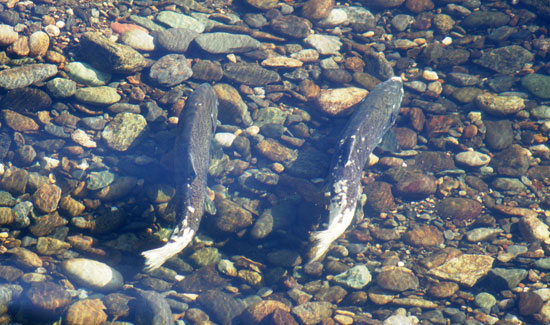
Chinook salmon
Seven years ago, the Lake Huron chinook salmon fishery collapsed due to a variety of elements — all largely caused by human activity. The downfall rippled through the lake economy, costing communities and fishers millions of dollars. Teeming with salmon, Lake Huron had annual yields of 75,000. However, fishing in 2010 showed only 3,200, a reported record low.
“Last year [was] about as low as it could get,” said Jim Johnson, researcher for the Michigan Department of Natural Resources.
While Lake Huron’s preeminence as a chinook salmon fishery is on the decline, Lake Michigan’s salmon population is prospering. The same agents that caused Lake Huron’s collapse, however, are present. Both lakes are afflicted by invasive quagga and zebra mussels, which compete with lower food chain organisms for food. Particularly, the mussels’ hoarding of nutrients affected the alewives, the chief source of food for adult chinook salmon.
Johnson said the salmon would prefer to starve than find another source of food. “They wouldn’t switch to eating round gobies, and they died of malnutrition,” he said.
As the salmon population was thriving, the alewife population was in decline. Too many salmon and not enough food led to the demise of the salmon.
Lake Michigan’s fishing community has learned from this. In response to the declining alewife population, fishery managers reduced the amount of salmon stocked by 25 percent, starting in 2006. As a result, there is proof that the alewife population is on the mend, despite record-low numbers last year. Some worry if preventive measures will be enough to ensure the lake will escape Huron’s fate.
“There are coastal communities that relied on chinook salmon until the crash on Lake Huron,” said Dan O’Keefe, author of a Michigan Sea Grant study on the topic. O’Keefe also said Lake Michigan could possibly share the same outcome.
Michigan fishery officials have been intently observing Lake Michigan’s food supply base. In order to determine the progress or decline of the lake, the Department of Natural Resources has developed a red flag system, with 30 red flag indicators total — fifteen each for long-term and short-term indicators. Last year’s review showed 13 out of 15 for long-term indicators and seven out of 15 for short-term ones. The flags are issued whenever definitive benchmarks are surpassed or not met.
“That’s a lot of flags,” said Dave Clapp, head of the DNR’s Great Lakes Research Station in Charlevoix. “It definitely has our attention.”
Although Lake Huron’s salmon fishery days are over, native fish are making a comeback. Walleye in particular are flourishing.
“Today, instead of having essentially a one-species fishery, diversity is the key,” said Frank Krist, the DNR’s Lake Huron Citizens Advisory Committee chairman. “…the result is a very productive fishery.”
Red flags signal possible trouble for Lake Michigan salmon where Chinooks are king [Muskegon Chronicle] Collapse of Lake Huron salmon fishery offers lessons [Muskegon Chronicle] Salmon fishery on the rocks [The Environment Report] Salmon fishery on the rocks more [The Environment Report] chinook salmon [Wisconsin Sea Grant] Alewife [Wisconsin Sea Grant] Walleye [Wisconsin Sea Grant] Round goby [Wisconsin Sea Grant]
Image Credit: http://www.flickr.com/photos/usfws_pacificsw/5456985064/




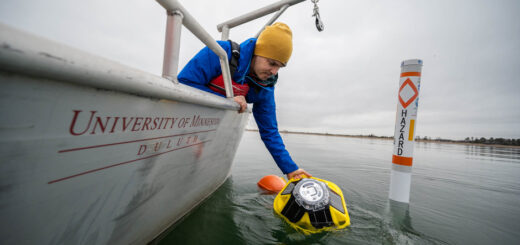
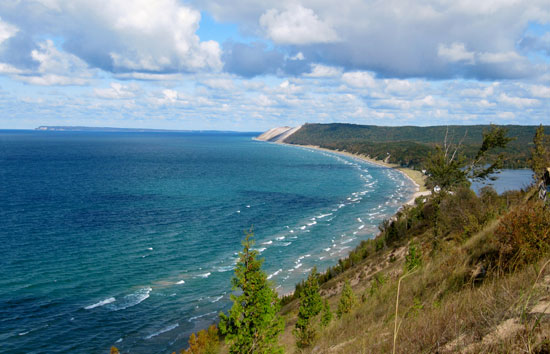
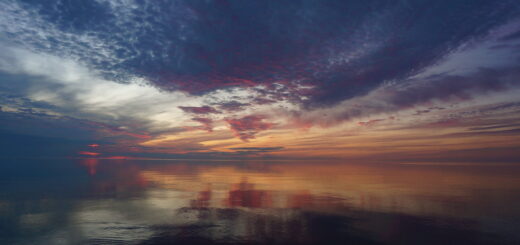
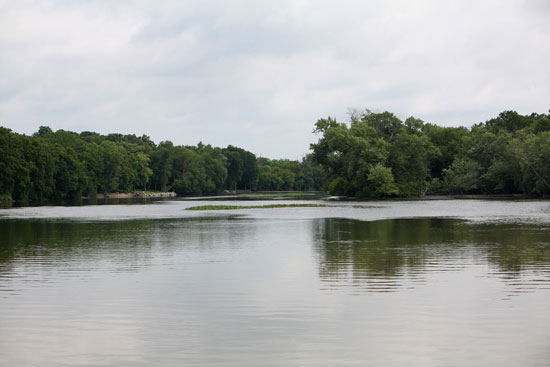






There seems to have been either a lack of long term thinking on the part of fishery biologists to circumvent the problem or that the political powers have not listened to those few scientists in the past who gave warnings about this vital resource. Sad, indeed. God, family, friends, fish. Dennis